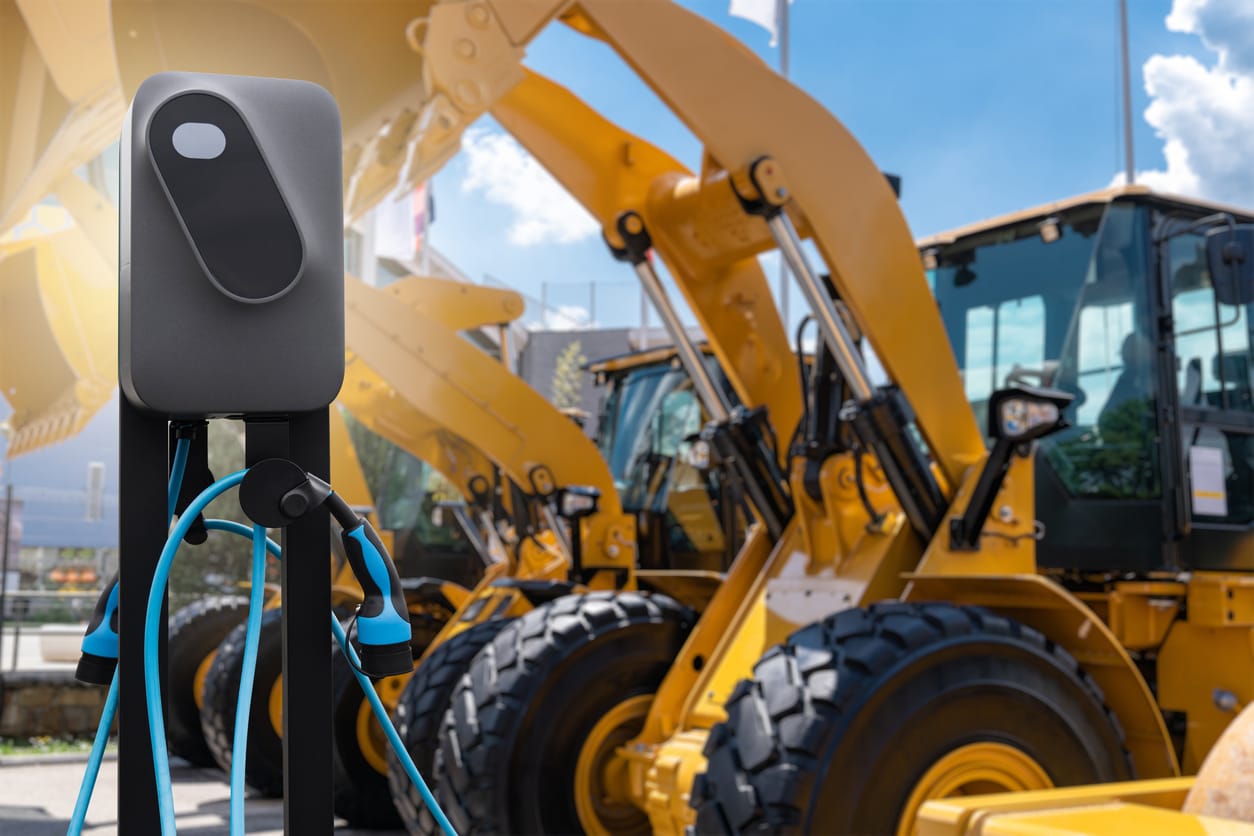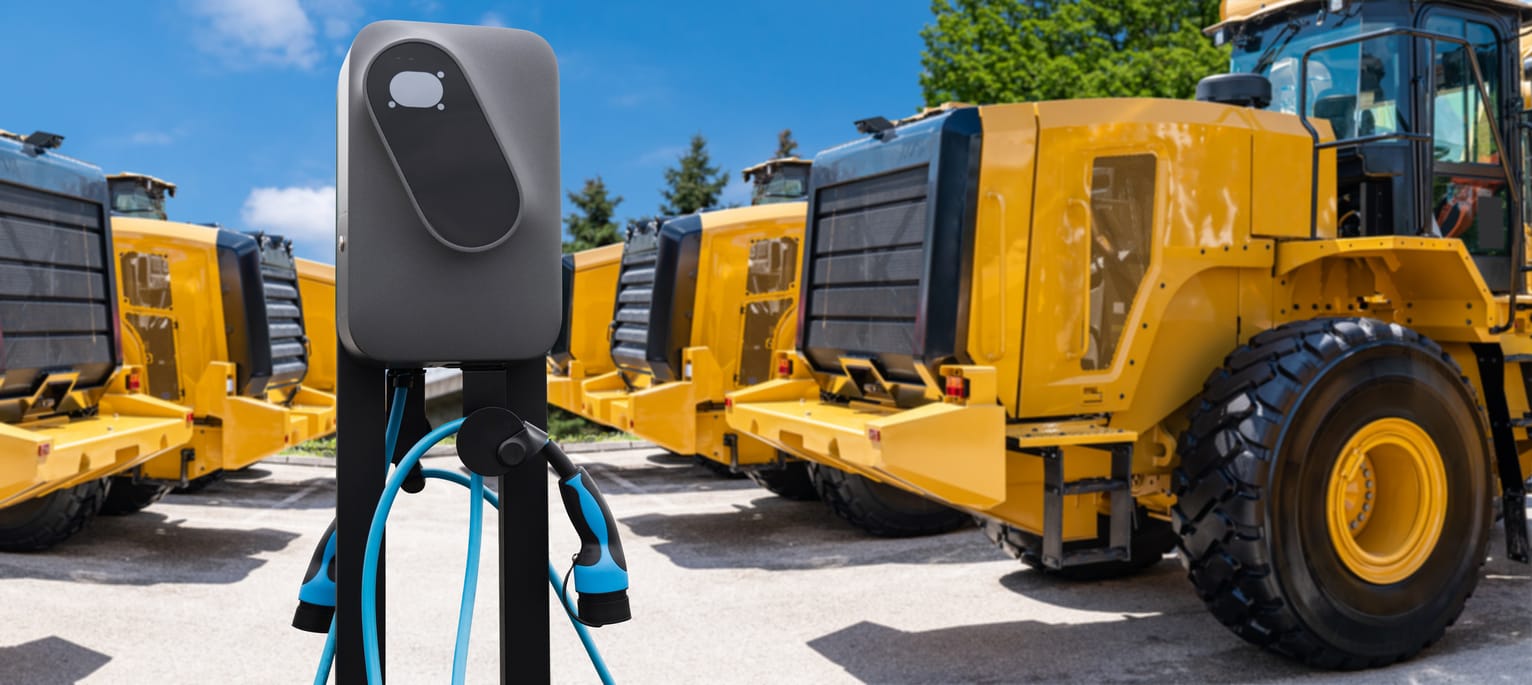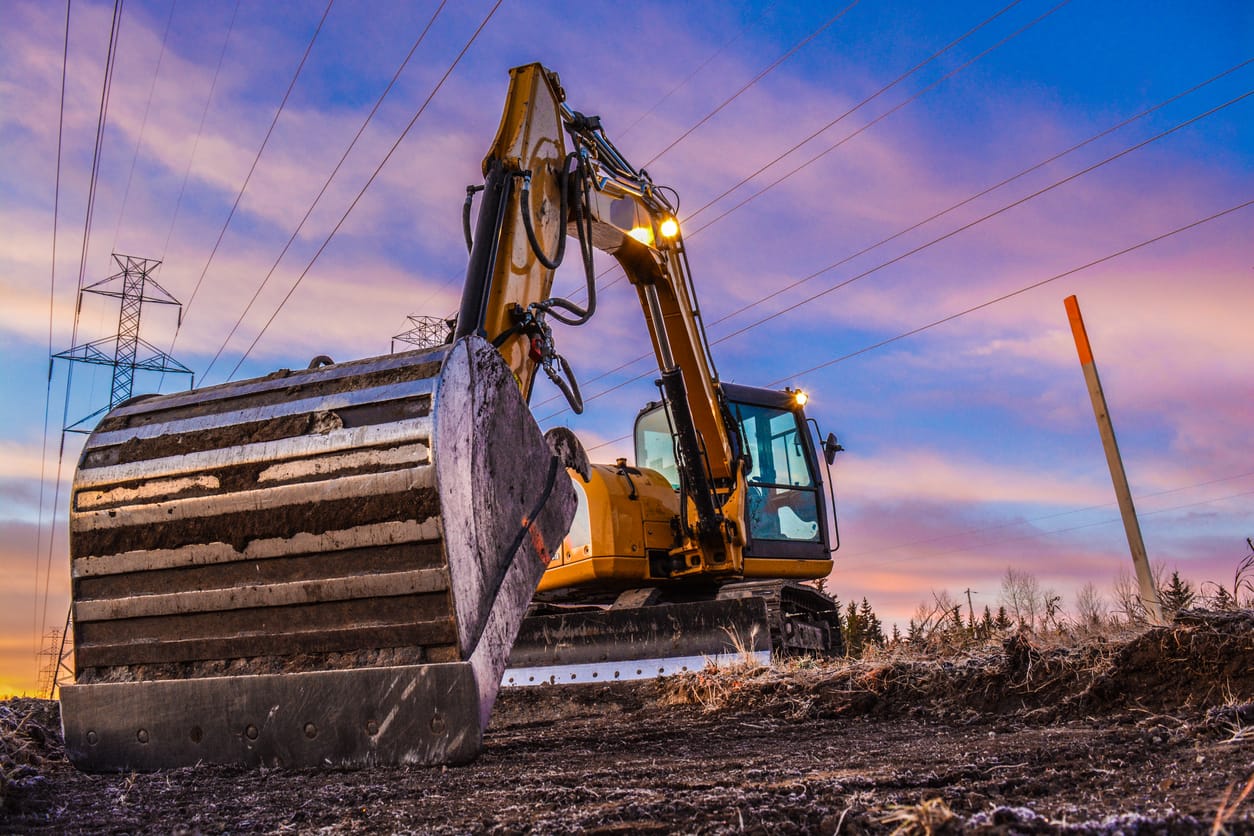This article will discuss the relatively new industry of heavy electric equipment and how you can safely ship one to the destination of your choice.

Special purpose electric vehicles (SPEVs) are a new category of heavy equipment designed for specific applications. SPEVs are purpose-built to address the needs of a specific industry or application. For example, there are SPEVs designed for underground mining, material handling, construction, agriculture, and several other industries.
The special purpose electric vehicles market is expected to grow at a rate of 13.8%, according to a new report. (Special Purpose Electric Vehicle Market by Type (Electric Sweepers and Scrubbers, Electric Sanitation Trucks, Electric Earthmoving Equipment, Electric Concrete Mixers), Battery Capacity, Application, End User, and Geography – Global Forecast to 2029) The global forecast for this particular type comes in at over $113 billion by 2029 with more than 2 million unit sales projected during that time frame – all while growing steadily year over year!
The SPEV market is still in its early stages of development, but it is expected to grow rapidly in the coming years. This is due to the growing awareness of the benefits of electrification and the increasing demand for sustainable solutions. SPEVs are an ideal solution for many industries because they offer many advantages over traditional internal combustion engine (ICE) vehicles.

With environmental concerns on the rise, governments are focusing on electric vehicles. The International Energy Agency has reported that in 2019 transportation accounted for almost one-fifth of global carbon dioxide emissions – primarily due to road travel which accounts for 3/4ths (75%), while passenger cars emit more than freight trucks with 45% emissions. To combat this problem, countries are implementing special purpose electric vehicles designed as replacements for traditional fossil fuel-powered vehicles so they can be used longer without any negative impact!
The SPEV market is still in its early stages of development, but it is expected to grow rapidly in the coming years. This is due to the growing awareness of the benefits of electrification and the increasing demand for sustainable solutions. The switch to electric vehicles is good for the environment and a better alternative to reduce greenhouse gas emissions.
SPEVs are an ideal solution for many industries because they offer several advantages over traditional internal combustion engine (ICE) vehicles. They also help businesses with sustainability and staying compliant with government guidelines by implementing this new technology into their fleet strategies.

Special purpose electric vehicles (SPEVs) are battery-powered vehicles designed for specific tasks, such as law enforcement, security, maintenance, chemical, petroleum, or construction. Because of their heavy-duty construction and battery size, shipping SPEVs can be a challenge. Here are ten tips to help you ship your SPEVs safely and efficiently.
When it comes to shipping SPEVs, you need a company with experience. Make sure to research and choose a company with a proven track record of success. Also, call around and get multiple quotes to learn the best practices and rates for shipping your SPEV.
Shipping SPEVs can be a complicated process, so it’s essential to make sure you’re familiar with all the laws and regulations in your state. This will help ensure that your shipment goes smoothly and that you don’t have any problems.
There are many different shipping methods available, so it’s essential to choose the one that’s right for your SPEVs. Make sure to consider factors like size, weight, and destination when making your decision.
Packing your SPEVs correctly is vital for a safe and successful shipment. Make sure to use sturdy materials and packaging methods to protect your SPEVs well during transit.
Loading an electric vehicle can be tricky, and the batteries can become damaged if you’re not careful. Make sure to follow the instructions of your shipping company and load the SPEV with direct supervision.
This is especially important if you’re shipping a SPEV with a lithium-ion battery. Ensure the vehicle is adequately secured in the truck or trailer, so it doesn’t shift during transport. Use high-grade straps and chains to keep the SPEV firmly in place.

When shipping a SPEV, you’ll need to have some important documents, such as the bill of lading and the commercial invoice. Keep these documents close by so you can easily access them if needed.
Due to the size and weight of SPEVs, there’s always a possibility of delays during transit. Be prepared for this by having a plan B in place if your shipment does become delayed.
Once your SPEV is in transit, it’s essential to monitor it closely. This can help you spot any problems early on and take care of them before they become major issues down the road.
After the SPEV arrives at its destination, inspecting it for any damage is crucial. If there is any damage, document it and file a claim with the shipping company.

Shipping special purpose electric vehicles don’t have to be difficult if you follow these simple tips. By choosing the right shipping company, securing the vehicle, and preparing for transit properly, you can ensure that your shipment arrives safe and sound at its final destination.
Do you need a special purpose electric vehicle (SPEV) shipped to a destination? Then don’t hesitate to call Ship A Car at (866) 821-4555 for a quote today. SAC heavy haul transport coordinators are standing by to answer all of your questions regarding how to ship an EV vehicle.




